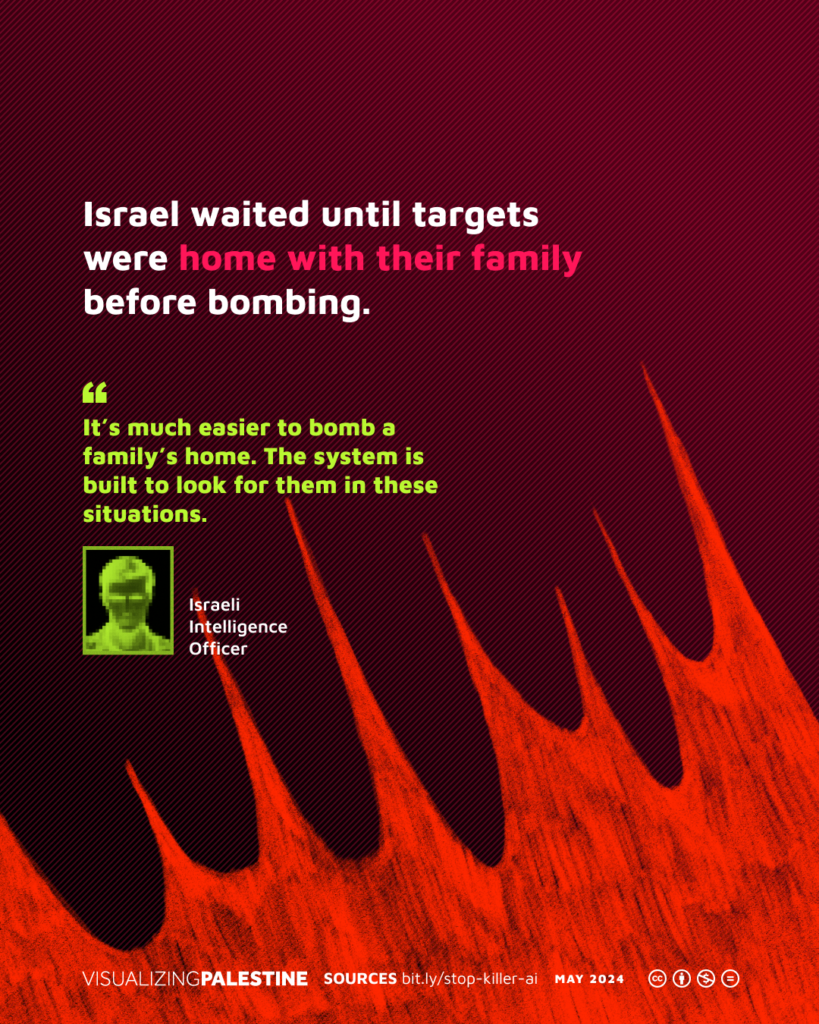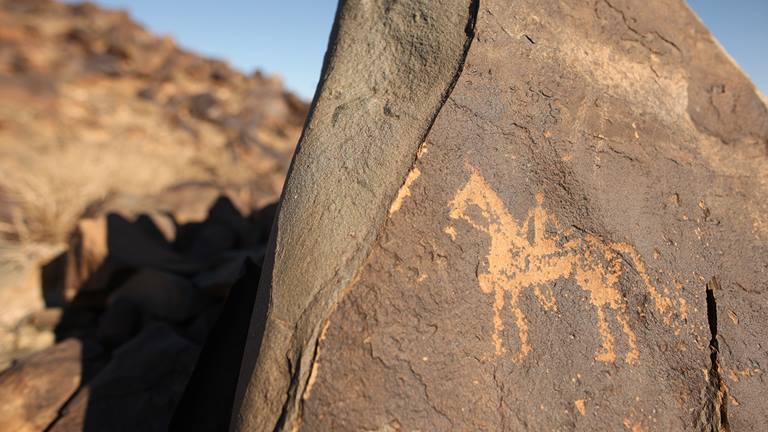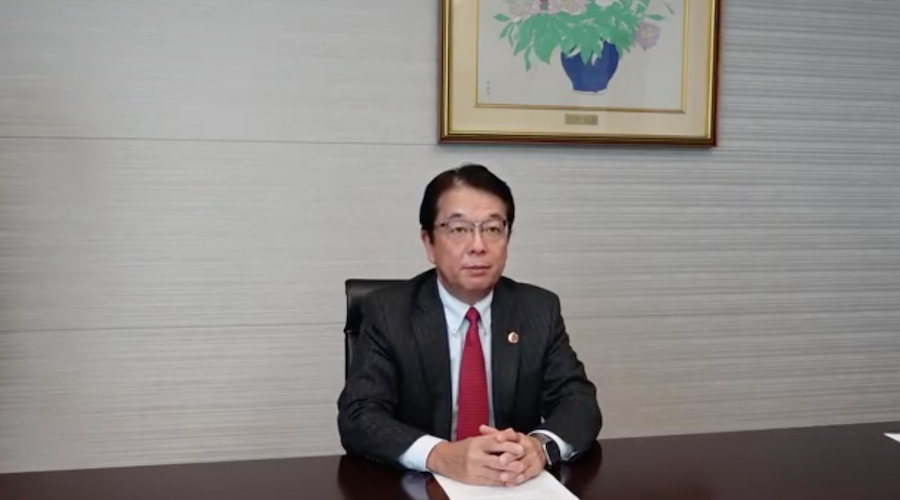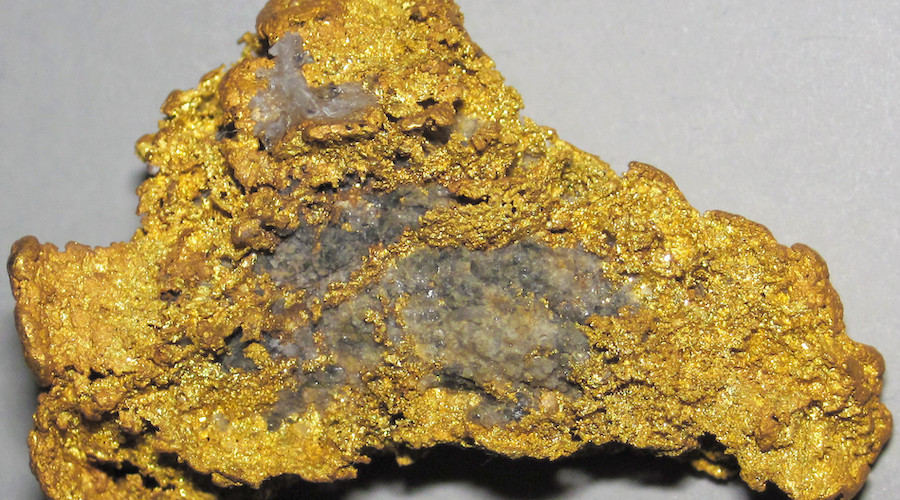The Imperialists Will Tolerate a Two-State But Not a One-State Solution in Palestine-Israel
A two-state solution (that is, having two independent separate nations) in Palestine-Israel would definitely be an improvement. However, it would not challenge and threaten the forces of imperialism because Zionist Israel and Hamas would still be allowed to exist if there are two separate nations. Furthermore, land disputes between the two nations would continue. The forces of imperialism include the imperial nations such as the United States, the military-industrial complex, and NATO.
Jerusalem in Palestine-Israel is a holy city for Christians, Muslims, and Jews. If we can solve the problems in this region of the world, everything else will be a piece of cake. What happens in Palestine-Israel has repercussions throughout the world, which is why it is so important to learn more about Zionism, imperialism, and the Middle East crisis, especially now considering the catastrophic situation in Rafah, Gaza.
According to Kuna.net, 36,224 Palestinians have been killed, and 81,777 have been injured in Gaza as of May 30, 2024, since October 7, 2023 when the Israel-Hamas War began. The Hamas attack on October 7, 2023 killed 1,139 Israeli citizens (revised from 1,400).
The United Nations Partition Plan was adopted on November 29, 1947. Part I of the plan stipulated that the British Mandate (that lasted from 1922 to 1948) would be terminated as soon as possible. The Arab Palestinians considered the UN partition plan to be pro-Zionist with 56% of the land allocated to the Jewish state, while the Arab Palestinian population was twice the Jewish population at that time. “In 1920 the overwhelming majority of the Palestinian population was Arab, mostly Sunni Muslim,” according to British Palestine Police.org.UK.
The British mandate ended on May 15, 1948. The day before in the afternoon of May 14, 1948, the Zionist State of Israel was declared in Tel-Aviv.
After the United Nations adopted its partition plan on November 29, 1947 for Palestine, it caused the 1947-1948 civil war between Arabs and Jews. Then after the British Mandate ended and the State of Israel was declared, the very next day the surrounding Arab nations declared war on Israel, and that war is referred to as the 1948 Arab-Israeli War. The Arab-Israeli War resulted in the Nakba, which was the catastrophe in which 80% of the population (more than 700,000 Palestinians) were expelled or fled from their homes.
Middle East Eye.net : The Nakba: All you need to know explained in five maps and charts–May 15, 2024
Even the fairest two-state partition plan will not eliminate the bitterness and hatred between Arabs and Jews that developed increasingly when Jewish Zionists started immigrating into the Arab land of Palestine. When Jews started immigrating into Palestine, they did not just integrate with the Arab Palestinians. Instead, the Jewish immigrants remained separate. Zionism is anchored in the belief that Jews, through their nationality and religion, deserve and have a right to reclaim their ancestral homeland, Israel. Eventually the Zionist Jews developed a plan (Plan Dalet, or Plan D for short) for the systematic removal of Palestinians, also referred to as the ethnic cleansing of Palestine.
The rivalry between Jews and Arabs has its roots in the ancient biblical account of Isaac and Ishmael. However, Jews, Muslims, and Christians in Palestine had gotten along just fine under the Ottoman Empire, which was dissolved at the end of World War I.
The imperial forces and nations can tolerate a two-state solution because Zionist Israel would still be allowed to exist as one of the two states. But the imperial forces will absolutely not tolerate having one democratic nation for all Palestinians, Jews, and Christians. That would threaten to end the conflict between Zionists and Hamas advocates, which the imperialists need. Zionist Israel gives the imperial nations a base and an ally to keep the Middle-East under its control.
Currently the Zionist Israeli Jews have much control over the Palestinian territories, which is exactly how they and the imperialists want it to be. Creating two independent nations would definitely be an improvement, but it has some serious shortcomings. With even the best partition plan for Israel and Palestine as two separate nations, Zionism in Israel would still be allowed to exist, and the land disputes between Israel and Palestine would continue. So a two-state solution would be tolerable (but not preferable) to the imperialists. However, if all the Jewish, Muslim, and Christian residents of Palestine-Israel could have an equal vote in a national government, this would be totally unacceptable to the imperialists because they need Zionist Israel as a base and ally for their operations.
The war profiteers need the regional instability created by the Zionist State of Israel to increase their profits and increase their control of the region. As conflicts increase, more weapons of war must be produced, and this is profitable for those who are invested in the weapons industry. Zionists and imperialists need each other.
If Zionism is democratically removed from the State of Israel, and Hamas is democratically removed from Gaza, peace and harmony in the Middle East could actually become a reality. But creating peace would be an enormous threat to the military-industrial complex that makes money from endless wars, that makes money from conflicts that are deliberately created. In 2009 Ron Paul explained in this 1-minute video that Israel encouraged and helped start Hamas!
The imperial nations do not want peace in Palestine-Israel unless it is on their terms. They don’t want to give Muslims and Christians the same rights and privileges as the Zionist Israeli Jews have. To maintain the status quo and accomplish their long-term objectives, the imperial nations create division and discord in the Middle East. They use a strategy of divide and conquer.
Imperialists want to keep controlling the world as they have since ancient times, but they do not yet have total control, which is what they want. Imperialists love to infiltrate, destabilize, and even create the collapse of a nation because then they can create changes in that nation that allow them to further their interests and achieve their long-term goals. The imperial forces are sinister and evil, if not satanic.
The integration of Jews, Muslims, and Christians into a secular one-state nation would be a win-win situation for everyone except the war profiteers of the military-industrial complex.
Having two independent nations (the two-state solution) would help the Palestinians the most because Israel currently has much control over the Palestinian territories of the West Bank and Gaza. But a two-state solution is not the best solution. Integrating Jews, Muslims, and Christians into a secular one-state nation would be the best solution and the highest achievement. Considering the current tensions and hostilities between Arab Palestinians and Jewish Israelis, a secular one-state solution could create a safe homeland for Jews, Muslims, and Christians.
If all the Jews, Muslims, and Christians have equal rights in a national government, the beliefs and practices of Zionism and Hamas will not be implemented by popular vote. Ideally the citizens of Palestine-Israel could have a unicameral legislature and equally-empower the 7 largest political parties and give those political parties proportionate control of the mainstream media. Maximizing democracy could be a model for other nations as well.
How can we create healing, forgiveness, and reconciliation between Palestinian Arabs and Israeli Jews?
We must work to promote a secular national government for all Jews, Muslims, and Christians that live in Palestine-Israel. This would remove the imperialist base in Zionist Israel, and it would ideally eliminate the influences of Zionism and of Hamas.
In an article entitled “Christians, Muslims, and Jews for a Secular One-State Solution in Palestine-Israel,” I discuss other dimensions of this subject.
The imperial nations deeply invested in the Middle East crisis dearly love the current situation in which Zionist Israel has much control over the Palestinian territories. For Muslims, Jews, and Christians living in Palestine-Israel, a two-state solution would be better, but a one-state solution would be best.
Roger Copple retired in 2010 at the age of 60. As a high school special education teacher, he taught algebra, English, and history. As a general education teacher he taught mostly 3rd grade. His website www.WorldWithoutEmpire.com was created the same year he retired with his son’s help. Roger renewed his Christian faith on September 17, 2023 in an evangelical church after being enamored with yoga philosophy and Buddhism for many years. However, for the last 3 months, he has identified as a mainline Presbyterian, no longer claiming to be an evangelical. Roger lives in Gulfport, Florida. Read other articles by Roger.
The Unfinished Journey of Palestinian Statehood
On May 22, Palestine was recognized as a state by Norway, Ireland, and Spain, bringing the number of countries recognizing Palestine as a state to over 140 of the 193 members of the United Nations. Yet, Palestine is still not a legal state. Moreover, the current political consensus is that the best solution to the Israel/Hamas conflict is a two-state solution. Already in 2016, the U.N. Security Council reaffirmed support for a two-state solution based on the 1967 borders. But in order to have a two-state solution, there must be two states.
Why hasn’t full Palestinian recognition happened?
The United States accepts the theoretical two-state solution but at this point rejects Palestinian statehood. Following the recent recognition of Palestinian statehood by the three countries, “a U.S. official familiar with the discussions stressed that Washington had made clear to the three … that recognizing a Palestinian state would not be useful,” Politico reported.
Several European countries, including major powers like France, have been hesitant to recognize Palestine as well, arguing that important conditions have not yet been met. “This decision [by Spain, Ireland, and Norway] must be useful, that is to say allow a decisive step forward on the political level,” French Foreign Minister Stéphane Séjourné said in a statement. “France does not consider that the conditions have been met to date for this decision to have a real impact on this process,” she added.
Recognizing Palestine is not “useful”? Will not “have a real impact”? The Spanish prime minister disagreed. “Recognition of the state of Palestine is not only a matter of historic justice…it is also an essential requirement if we are all to achieve peace,” Pedro Sanchez explained.
States formally exist through decisions by other states. If you are as others see you, who are the “others” who will determine Palestine’s statehood? There is no formal legal process by which statehood is established. While political entities may announce their statehood through declarations, a form of self-determination, the recognition of statehood depends on others. Self-declarations are necessary, but not sufficient for statehood.
For example, in February 2008, the Kosovo Assembly declared Kosovo’s independence as the Republic of Kosovo. That status is recognized by seventy-four members of the United Nations. Yet, the Republic of Kosovo is not a universally recognized legal state. In fact, several countries have said they will never recognize Kosovo as a state, including Serbia, Russia, Argentina, Cuba, Vietnam, North Korea and Libya.
State recognition is a political decision. Although an entity may have what is necessary to be considered a state – people, territory, government and sovereignty – it is the political decision of other states that allows a state to be officially recognized.
The most obvious avenue to formal recognition is through the United Nations. Following a 1988 Palestinian Declaration of Independence which was recognized by more than seventy countries, Palestine applied for U.N. membership in 2011. The U.N. General Assembly (UNGA) voted to upgrade Palestine’s status from “observer” to a “non-member Permanent Observer State” in 2012, like the Holy See, but no more.
(Interestingly, the upgrading happened on the same day, according to UN News, “that the UN observed the annual International Day of Solidarity with the Palestinian People. Established in 1977, the Day marks the date in 1947 when the Assembly adopted a resolution partitioning then-mandated Palestine into two States, one Jewish and one Arab.”)
Recent attempts to grant Palestine full U.N. membership and legal status have accelerated as a result of Israel’s overwhelming reaction to the October 7 Hamas attack. The UNGA adopted a resolution in early May declaring that Palestine qualifies for full-member status at the United Nations by a vote of 143 to 9 with twenty-five abstaining. “The vast majority of countries in this hall are fully aware of the legitimacy of the Palestinian bid and the justness of their cause,” declared the U.A.E. Ambassador Mohamed Abushahab at the time.
But full membership in the United Nations goes beyond a General Assembly decision; it needs approval by the Security Council, with its five permanent members having veto power. As it has done in the past on issues involving Israel and Palestine, the United States vetoed a Security Council vote to have Palestine recognized as a full member of the U.N. The vote was twelve in favor and one — the United States — opposed, with abstentions from Britain and Switzerland.
Why the U.S. veto? U.S. National Security Advisor Jake Sullivan presented President Biden’s position on Palestinian statehood following the three countries’ latest recognition: “He [Biden] has been equally emphatic on the record that the two-state solution should be brought about through direct negotiations through the parties, not through unilateral recognition, that’s a principled position that we have held on a consistent basis.” he said.
According to the United States, therefore, it will only recognize Palestinian statehood after direct negotiations between the parties. Negotiations between which parties? Sullivan did not elaborate who will directly negotiate and under whose authority Palestinian statehood will happen.
“You are as others see you” is a general phrase that lacks a definition of the others. The recognition of statehood is based on politics, privilege, and positions of power. The United States alone can block Palestinian U.N. full membership and statehood recognition. This is neither democratic nor objective. Will the new dynamic favoring Palestine in light of Israel’s horrific aggression overcome the United States’ position? Despite that dynamic, as the former Swiss Ambassador to Israel Jean-Daniel Ruch perceptively observed: “a Two-States solution remains desirable and is technically feasible…the political will to make the brave and risky investments to open a genuine peace perspective is nowhere as massive as it should be.”










